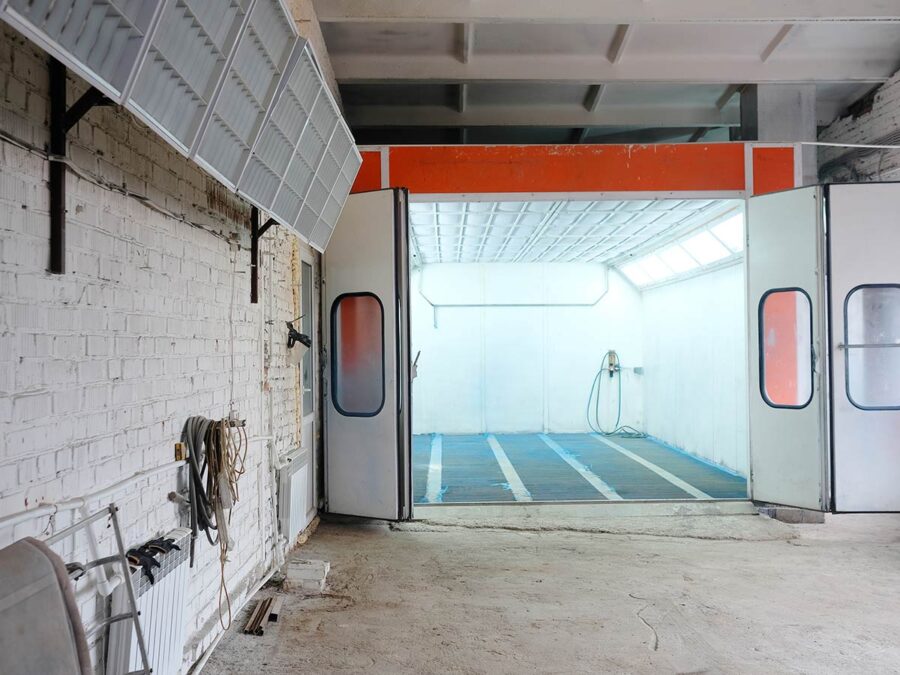The Art of Aerosol: Mastering Commercial Spray Painting Techniques
In the world of modern design and advertising, commercial spray painting stands as a vibrant and dynamic medium that captures attention and brings artistic visions to life. Whether creating large-scale murals for urban landscapes or intricate designs for retail storefronts, mastering the techniques of commercial spray painting is an essential skill for artists and businesses alike. The ability to transform ordinary surfaces into captivating works of art with the power of a can of aerosol paint opens up endless possibilities for creativity and expression.
Choosing the Right Tools
First, assess the scale of your commercial spray painting projects. Consider whether you need a high-volume low-pressure (HVLP) spray gun for larger surfaces or a smaller airbrush for intricate details.
Next, think about the type of material you will be spraying. Different tools are designed for specific paint viscosities, such as latex or acrylic. Select a tool that is compatible with the material you will be using to achieve the best results.
Lastly, don't forget about the importance of maintenance. Choose tools that are easy to clean and maintain to ensure they last longer and perform optimally throughout your commercial spray painting endeavors.

Techniques for Consistent Results
To achieve consistent outcomes in commercial spray painting , it is crucial to maintain a steady distance between the spray gun and the surface being painted. Keeping the nozzle approximately 6 to 8 inches away ensures even coverage and minimizes the risk of drips or overspray. Practice maintaining this distance by moving the spray gun in fluid, overlapping motions across the surface.
Another key technique for consistent results is adjusting the air pressure of the spray gun accordingly. Different paint types and surfaces require varying air pressure levels for optimal application. Always refer to the manufacturer's guidelines for the recommended air pressure settings and make necessary adjustments to achieve a smooth, uniform finish.
Furthermore, mastering the technique of feathering can greatly enhance the quality of your spray painting. Feathering involves gradually releasing the trigger of the spray gun at the end of each stroke to create a soft fade-out effect. This technique helps blend paint layers seamlessly, resulting in a professional-looking finish. Practice feathering by controlling the trigger pressure and speed at the end of each pass.
Safety Precautions
Before embarking on any commercial spray painting project, it is crucial to prioritize safety at all times. The first step is to ensure proper ventilation in the workspace to minimize the inhalation of potentially harmful fumes. Additionally, wearing appropriate personal protective equipment such as a respirator, goggles, and gloves is essential to safeguard against exposure to chemicals and particles.
Another key safety consideration is to carefully read and follow the manufacturer's instructions for the specific spray paint products being used. Understanding the proper application techniques, recommended drying times, and any cautionary notes can help prevent accidents and ensure a successful outcome. It is also advisable to work in a well-lit area to accurately assess the coverage and consistency of the paint as it is being applied.
In the event of spills, leaks, or accidents, it is important to have a designated cleanup kit on hand that includes materials like absorbent pads, solvents, and protective barriers. Promptly addressing any mishaps can prevent damage to surfaces and mitigate potential hazards. By prioritizing safety precautions throughout the commercial spray painting process, artists and professionals alike can create stunning works of art while minimizing risks to their health and environment.